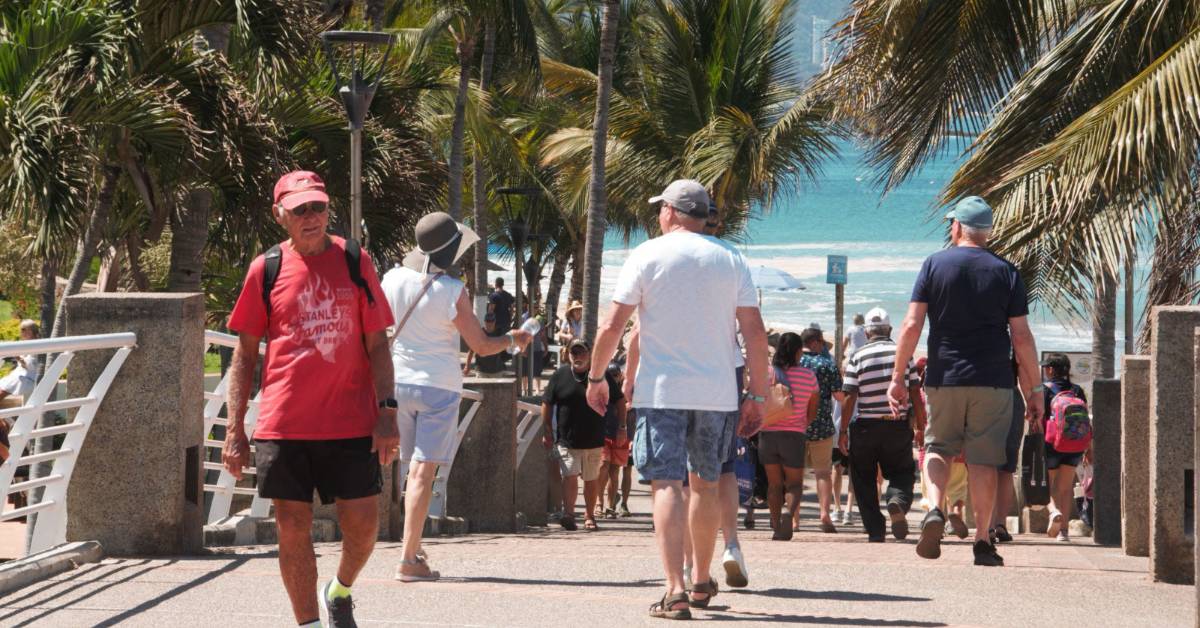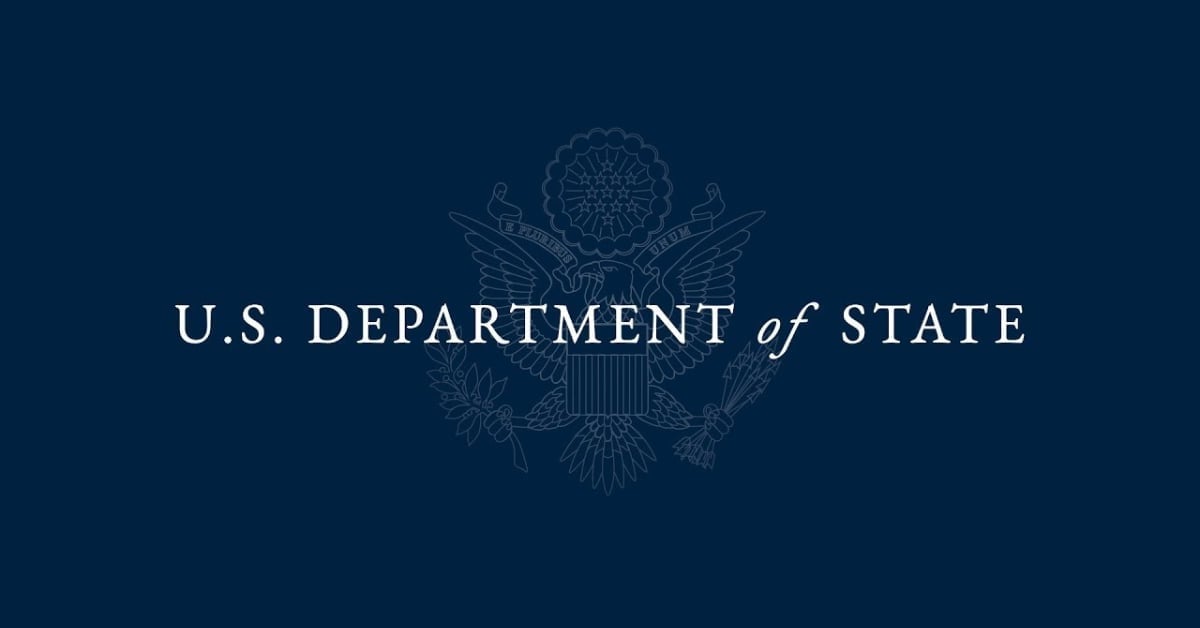Puerto Vallarta, Mexico – A pivotal discussion on the "Gentrification of the Digital Nomads of Puerto Vallarta" was convened by Dr. Jesús Cabral Araiza, coordinator of the Bachelor's Degree in Psychology at the Centro Universitario de la Costa (CUCosta) of the University of Guadalajara. The discussion panel featured insights from four eminent academics seeking to shed light on the complex issue that is reshaping the socio-cultural landscape of Puerto Vallarta.
Dr. Paola Cortés Almanzar was the first to articulate her perspective on the issue, emphasizing that gentrification in Puerto Vallarta is a problem that . . .







